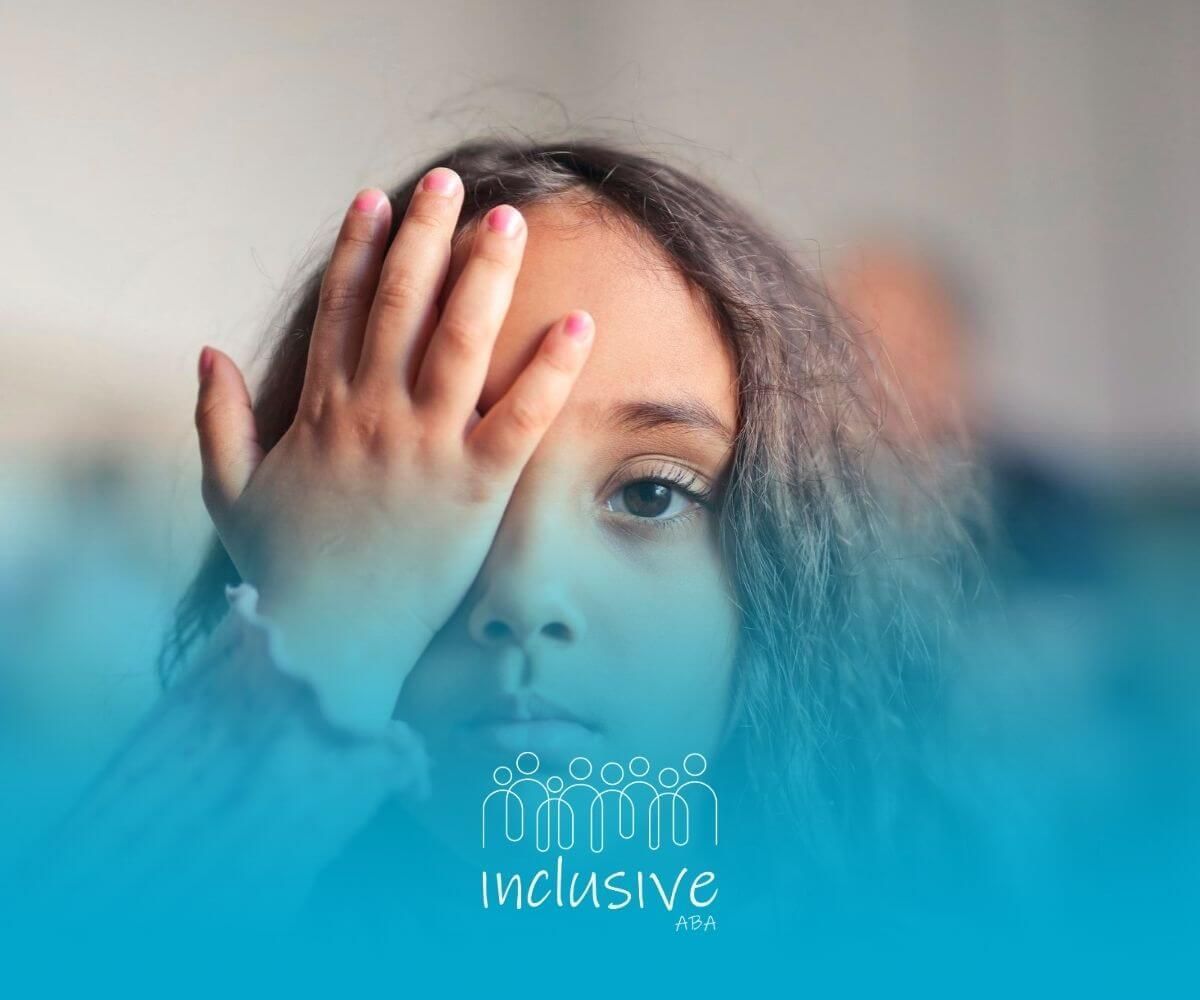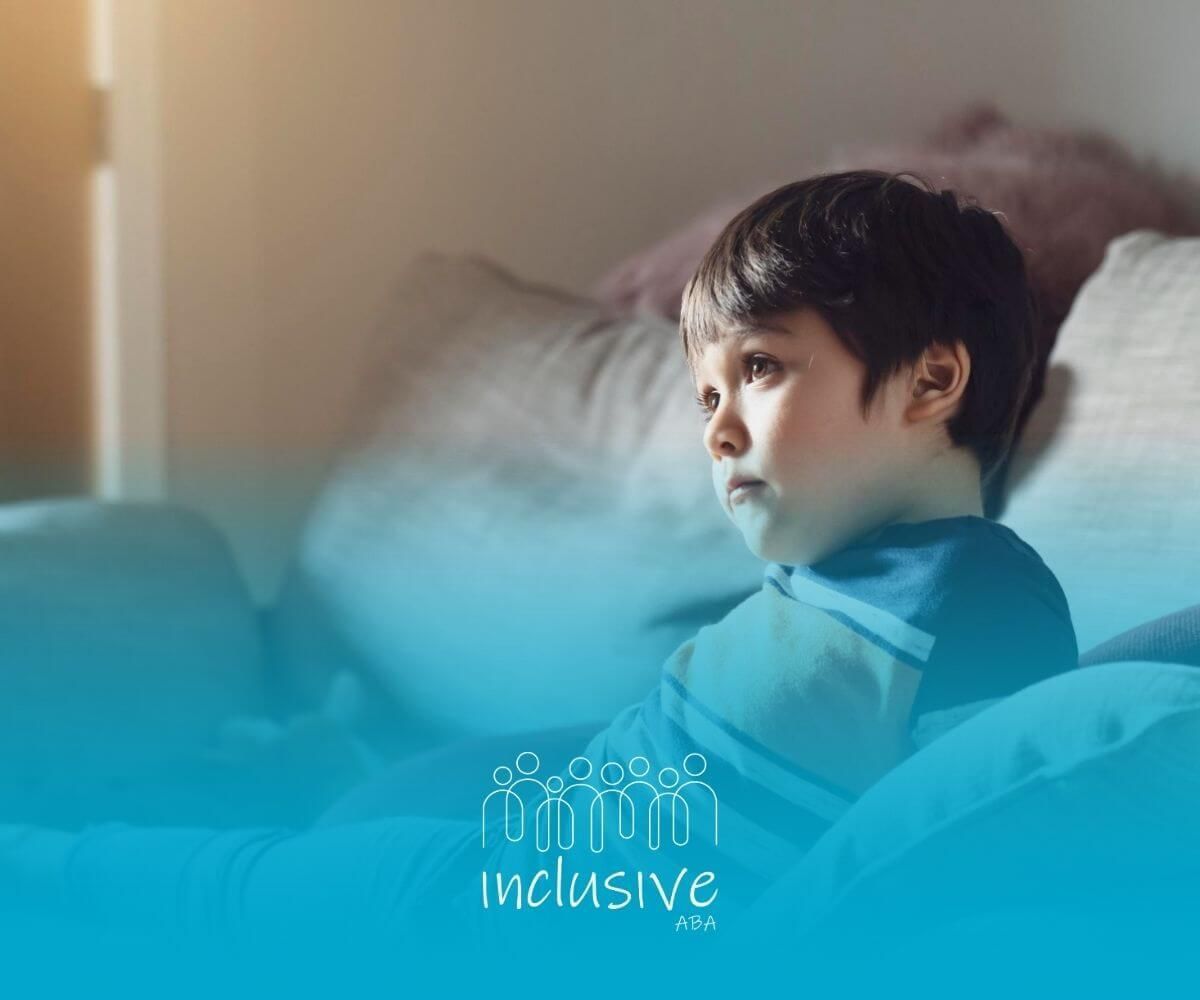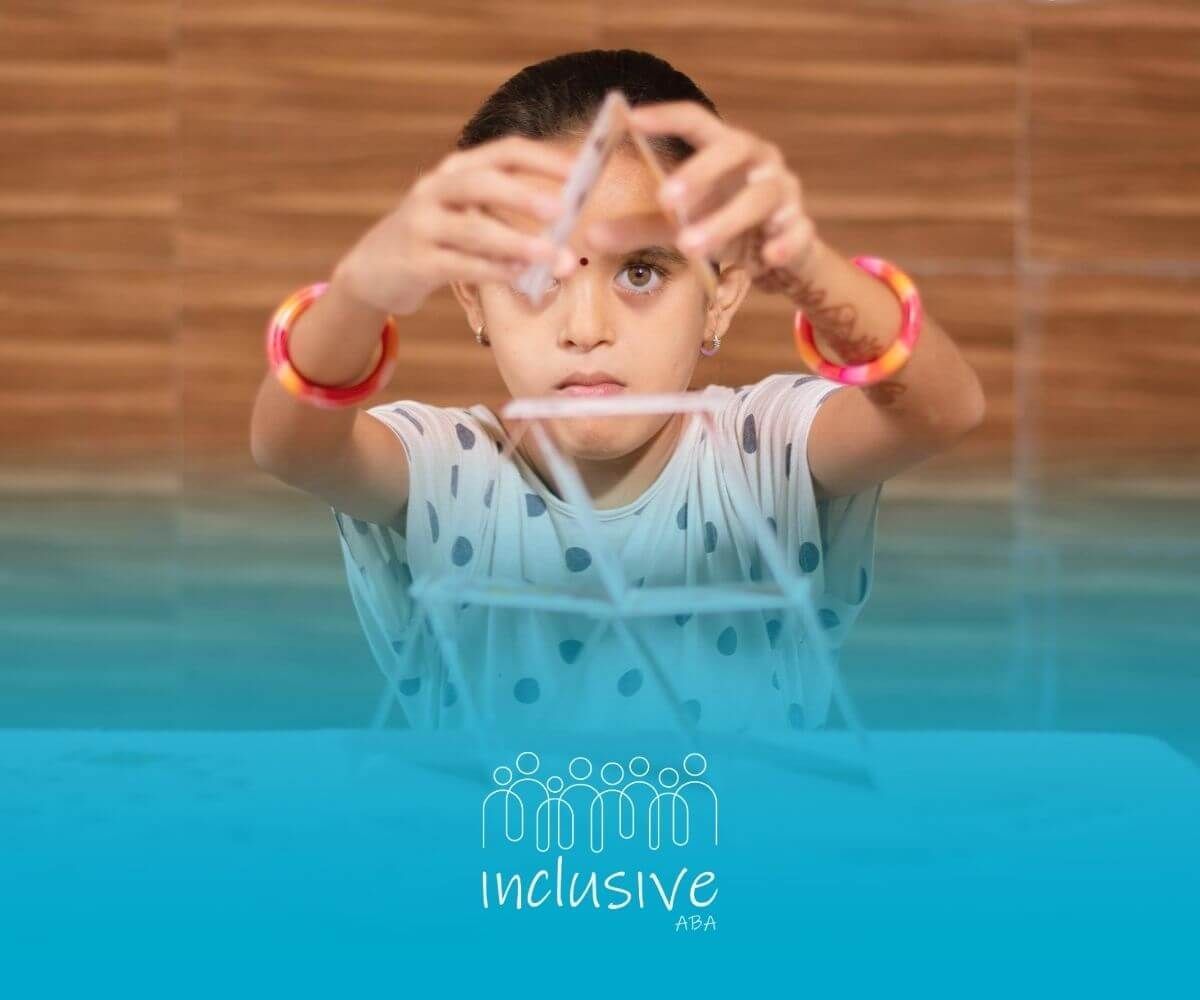ABA Therapy: Who It Helps and Why It Works
Applied Behavior Analysis (ABA) therapy is a well-established approach that has been instrumental in fostering positive behavioral changes and skill development across various populations. While it is most commonly associated with individuals diagnosed with Autism Spectrum Disorder (ASD), its applications extend to other groups as well.
This article delves into the question: Who benefits most from ABA therapy? By examining its impact on different populations, we aim to provide a comprehensive understanding for parents, caregivers, and therapists considering ABA therapy.
Understanding ABA Therapy
ABA therapy is a scientific approach that focuses on understanding and improving human behavior. It involves applying principles of learning and motivation to bring about meaningful and positive changes in behavior. The therapy is highly individualized, with strategies tailored to each person's unique needs and goals.
Key components of ABA therapy include:
- Assessment: Conducting thorough evaluations to identify specific behaviors to target.
- Intervention: Implementing strategies to teach new skills and reduce challenging behaviors.
- Data Collection: Monitoring progress through systematic data gathering.
- Adjustment: Modifying interventions based on data to ensure effectiveness.
These components work together to promote skill acquisition and behavioral improvement.
Factors Influencing the Effectiveness of ABA Therapy
While ABA therapy offers numerous benefits, its effectiveness can vary based on several factors:
- Age of Intervention: Earlier initiation of therapy is often associated with better outcomes.
- Intensity of Therapy: More intensive therapy schedules can lead to more significant improvements.
- Individualization of Programs: Tailoring interventions to the individual's specific needs enhances effectiveness.
- Family Involvement: Active participation of family members can reinforce learning and promote generalization of skills.
Considering these factors can help in optimizing the benefits derived from ABA therapy.
Who Could Benefit the Most from ABA Therapy?
Children with Autism Spectrum Disorder (ASD)
ABA therapy is most prominently utilized for individuals with ASD. Research has shown that intensive and long-term ABA therapy can lead to significant improvements in various areas for children with autism.
Benefits for Individuals with ASD:
- Communication Skills: Enhancement of both verbal and non-verbal communication abilities.
- Social Skills: Improvement in initiating and maintaining interactions with others.
- Adaptive Skills: Development of daily living skills, such as dressing, eating, and personal hygiene.
- Behavioral Management: Reduction of challenging behaviors through positive reinforcement techniques.
Early intervention is crucial, as starting ABA therapy at a young age can lead to more substantial and long-lasting benefits.
Individuals with Developmental Delays
Beyond ASD, ABA therapy has proven effective for individuals experiencing developmental delays. These delays can manifest in various forms, including speech and language difficulties, motor skill challenges, and social interaction issues.
Benefits for Individuals with Developmental Delays:
- Skill Acquisition: Teaching foundational skills that may be lacking.
- Behavioral Support: Addressing and reducing behaviors that impede learning and development.
- Enhanced Independence: Promoting self-sufficiency through the development of daily living skills.
By tailoring interventions to the individual's specific needs, ABA therapy facilitates progress in areas critical to personal development and quality of life.
Individuals with Attention Deficit Hyperactivity Disorder (ADHD)
ABA therapy has also been applied to individuals diagnosed with ADHD, focusing on managing symptoms such as inattention, hyperactivity, and impulsivity.
Benefits for Individuals with ADHD:
- Improved Focus: Implementing strategies to enhance attention and reduce distractibility.
- Behavioral Regulation: Teaching techniques to manage impulsive behaviors effectively.
- Organizational Skills: Assisting in developing routines and systems to manage tasks and responsibilities.
Through structured interventions, individuals with ADHD can achieve better self-control and organizational abilities, leading to improved academic and social outcomes.
Individuals with Obsessive-Compulsive Disorder (OCD)
ABA therapy has been utilized to support individuals with OCD by addressing compulsive behaviors and anxiety associated with the disorder.
Benefits for Individuals with OCD:
- Behavioral Modification: Reducing compulsive behaviors through exposure and response prevention techniques.
- Anxiety Reduction: Implementing strategies to manage anxiety triggers effectively.
- Improved Daily Functioning: Enhancing the ability to engage in daily activities without the interference of compulsive behaviors.
By focusing on altering maladaptive behaviors and thought patterns, ABA therapy helps individuals with OCD in leading more functional and less anxiety-driven lives.
Individuals with Intellectual Disabilities
ABA therapy is beneficial for individuals with intellectual disabilities, focusing on teaching essential life skills and promoting independence.
Benefits for Individuals with Intellectual Disabilities:
- Skill Development: Teaching communication, social, and self-care skills.
- Behavioral Support: Addressing challenging behaviors that may hinder learning and social integration.
- Enhanced Quality of Life: Promoting participation in community and social activities through skill development.
Through individualized interventions, ABA therapy supports individuals with intellectual disabilities in achieving greater autonomy and improved life satisfaction.
Conclusion
ABA therapy has demonstrated significant benefits across various populations, particularly for individuals with Autism Spectrum Disorder, developmental delays, ADHD, OCD, and intellectual disabilities. By focusing on individualized interventions and positive reinforcement, ABA therapy promotes skill development, behavioral improvement, and enhanced quality of life.
At Inclusive ABA, we are committed to providing personalized ABA therapy services tailored to meet the unique
FAQs
What age is best to start ABA therapy?
ABA therapy is most effective when started between 18 months and 5 years old, but individuals of all ages can benefit from it.
Is ABA therapy only for children with autism?
While ABA is widely used for autism, it also helps children with ADHD, developmental delays, and behavioral challenges.
How long does it take to see progress with ABA therapy?
Every child is different, but many families notice improvements within a few months of consistent therapy.
Sources:
https://www.appliedbehavioranalysisedu.org/2021/11/aba-for-non-autistic-children/
https://pubmed.ncbi.nlm.nih.gov/18775372/
https://chadd.org/adhd-weekly/12-behavioral-programs-for-managing-adhd/
https://childmind.org/article/behavioral-treatments-kids-adhd/
https://adaa.org/understanding-anxiety/obsessive-compulsive-disorder-ocd/treatments-for-ocd
Looking for Expert Help? We're Here for You!
Our compassionate and skilled team is devoted to enhancing your child's development through customized ABA therapy. Let us partner with you to create a supportive environment for your child's success.
Discover how we can help your family thrive with expert ABA therapy.
Related Posts







